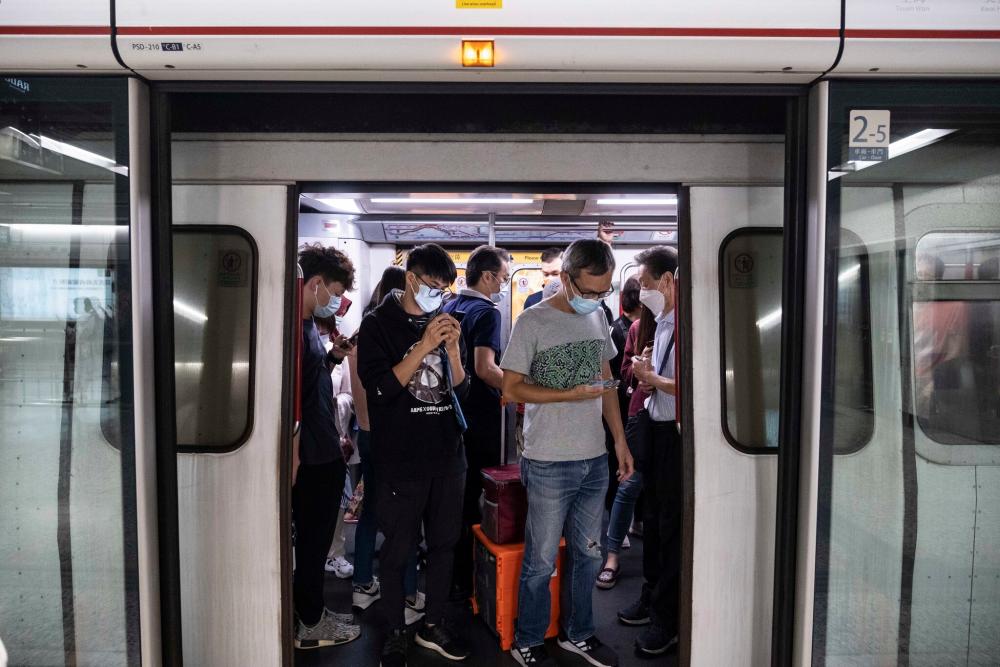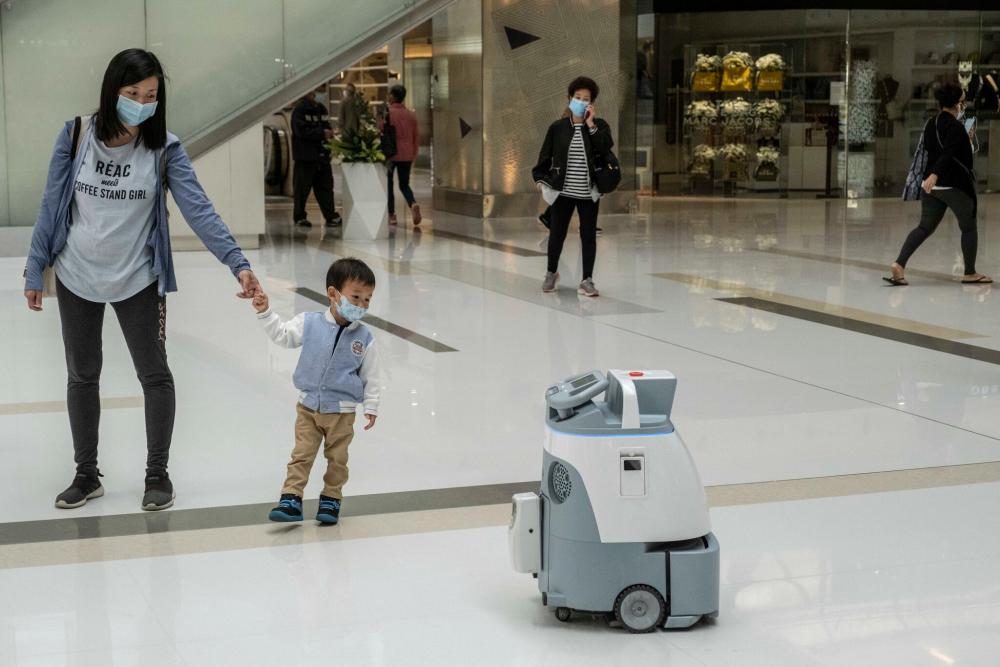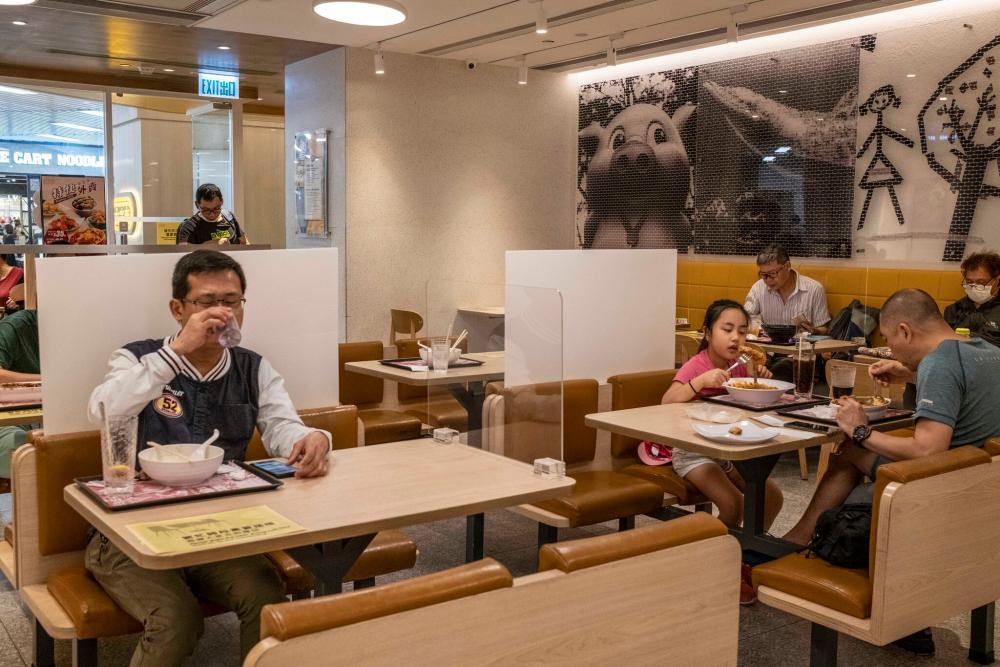HONG KONG — At Hong Kong’s deserted airport, cleaning crews constantly spray baggage trolleys, elevator buttons and check-in counters with antimicrobial solutions. In New York City, workers continually disinfect surfaces on buses and subways. In London, many pubs spent lots of money on intensive surface cleaning to reopen after lockdown — before closing again in November.
All over the world, workers are soaping, wiping and fumigating surfaces with an urgent sense of purpose: to fight the coronavirus. But scientists increasingly say that there is little to no evidence that contaminated surfaces can spread the virus. In crowded indoor spaces like airports, they say, the virus that is exhaled by infected people and that lingers in the air is a much greater threat.
Hand washing with soap and water for 20 seconds — or sanitizer in the absence of soap — is still encouraged to stop the virus’s spread. But scrubbing surfaces does little to mitigate the virus threat indoors, experts say, and health officials are being urged to focus instead on improving ventilation and filtration of indoor air.
“In my opinion, a lot of time, energy and money is being wasted on surface disinfection and, more importantly, diverting attention and resources away from preventing airborne transmission,” said Dr. Kevin P. Fennelly, a respiratory infection specialist with the United States National Institutes of Health.
A false sense of security

A subway station in Hong Kong, where crews wipe escalator handrails with disinfected rags. Lam Yik Fei for The New York Times
Some experts suggest that Hong Kong, a crowded city of 7.5 million residents and a long history of infectious disease outbreaks, is a case study for the kind of operatic surface cleaning that gives ordinary people a false sense of security about the coronavirus.
Some experts suggest that Hong Kong, a crowded city of 7.5 million residents and a long history of infectious disease outbreaks, is a case study for the kind of operatic surface cleaning that gives ordinary people a false sense of security about the coronavirus.
“I can’t understand why anyone would think that disinfecting a whole person would reduce the risk of transmitting virus,” she said.
‘Hygiene theater’

A shopping mall in Hong Kong. Though the city has relatively few coronavirus cases, some experts say it has been slow to address the risks of indoor aerosol transmission. Lam Yik Fei for The New York Times
A range of respiratory ailments, including the common cold and influenza, are caused by germs that can spread from contaminated surfaces. So when the coronavirus outbreak emerged last winter in the Chinese mainland, it seemed logical to assume that these so-called fomites were a primary means for the pathogen to spread.
Studies soon found that the virus seemed to survive on some surfaces, including plastic and steel, for up to three days. (Studies later showed that much of this is likely to be dead fragments of the virus that are not infectious.) The World Health Organization also emphasized surface transmission as a risk, and said that airborne spread was a concern only when health care workers were engaged in certain medical procedures that produce aerosols.
But scientific evidence was growing that the virus could stay aloft for hours in tiny droplets in stagnant air, infecting people as they inhaled — particularly in crowded indoor spaces with poor ventilation.
In July, an essay in The Lancet medical journal argued that some scientists had exaggerated the risk of coronavirus infection from surfaces without considering evidence from studies of its closely related cousins, including SARS-CoV, the driver of the 2002-03 SARS epidemic.
“This is extremely strong evidence that at least for the original SARS virus, fomite transmission was very minor at most,” the essay’s author, the microbiologist Emanuel Goldman of Rutgers University, said in an email. “There is no reason to expect that the close relative SARS-CoV-2 would behave significantly different in this kind of experiment,” he added, referring to the new coronavirus.
A few days after Dr. Goldman’s Lancet essay appeared, more than 200 scientists called on the W.H.O. to acknowledge that the coronavirus could spread by air in any indoor setting. Bowing to enormous public pressure over the issue, the agency acknowledged that indoor aerosol transmission could lead to outbreaks in poorly ventilated indoor places like restaurants, nightclubs, offices and places of worship.
By October, the Centers for Disease Control and Prevention, which had maintained since May that surfaces are “not the primary way the virus spreads,” was saying that transmission of infectious respiratory droplets was the “principal mode” through which it does.
But by then, paranoia about touching anything from handrails to grocery bags had taken off. And the instinct to scrub surfaces as a Covid precaution — “hygiene theater,” as The Atlantic magazine called it — was already deeply ingrained.
“My tennis partner and I have abandoned shaking hands at the end of a match — but, since I’ve touched the tennis balls that he has touched, what’s the point?” Geoff Dyer wrote in a March essay for The New Yorker magazine that captured the germaphobic zeitgeist.
Don’t touch this

In Hong Kong, officials added a fleet of robots to clean surfaces in malls and subway cars. Lam Yik Fei for The New York Times
From Nairobi to Milan to Seoul, cleaners in hazmat suits have been fumigating public areas despite W.H.O. warnings that the chemicals could do more harm than good.
In Hong Kong, where 299 people died during the original SARS epidemic, elevator buttons are often covered in plastic that is cleaned multiple times a day. Crews in some office buildings and subways wipe escalator handrails with disinfected rags as commuters ascend. Cleaners have blasted public places with antimicrobial coatings and added a fleet of robots to clean surfaces in subway cars.
Several Hong Kong-based scientists insist the deep cleaning can’t hurt, and supported the government’s strict social-distancing rules and its monthslong insistence on near-universal mask wearing.
Procter & Gamble said sales of its personal cleansing products grew more than 30 percent in the quarter that ended in September, with double-digit growth in every region of the world, including more than 20 percent in greater China.
What about the air?

Many restaurants in Hong Kong installed dividers between tables. Lam Yik Fei for The New York Times
Hong Kong’s Covid-19 burden — more than 5,400 confirmed cases and 108 deaths — is relatively low for any city. Yet some experts say it has been slow to address the risks of indoor aerosol transmission.
Early on, officials required Hong Kong restaurants to install dividers between tables — the same sort of flimsy, and essentially useless, protection used at the U.S. vice-presidential debate in October.
But as the Hong Kong authorities have gradually eased restrictions on indoor gatherings, including allowing wedding parties of up to 50 people, there is a fear of potentially new outbreaks indoors.
Some experts say they are especially concerned that coronavirus droplets could spread through air vents in offices, which are crowded because the city has not yet developed a robust culture of remote work.
“People are removing masks for lunch or when they get back to their cubicle because they assume their cubicle is their private space,” said Yeung King-lun, a professor of chemical and biological engineering at the Hong Kong University of Science and Technology.
“But remember: The air you’re breathing in is basically communal.”
Mike Ives reported from Hong Kong, and Apoorva Mandavilli from New York.
Mike Ives, a Hong Kong-based journalist, previously lived in Vietnam and covered the country for the Economist and the New York Times. He has reported on business, politics, science, art, food, health, travel, architecture, real estate and the environment.
Apoorva Mandavilli is a reporter focusing on science and global health. She is the 2019 winner of the Victor Cohn Prize for Excellence in Medical Science Reporting.


Spread the word